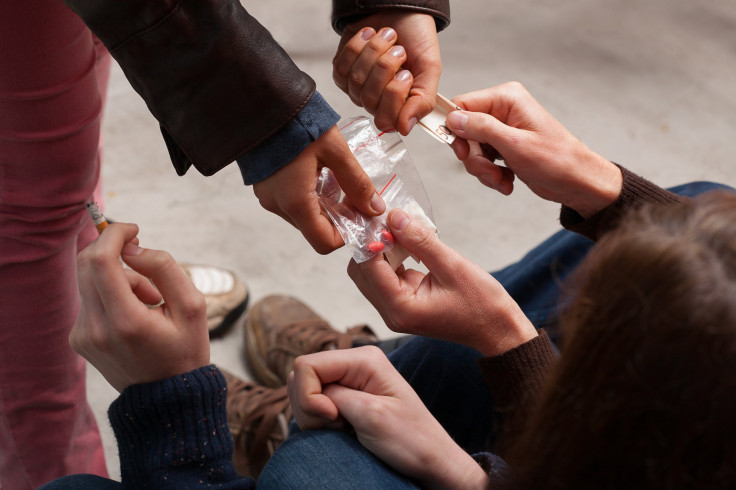DEA Increases Restriction On Prescription Painkillers, A Move That May Possibly Increase Already-Skyrocketing Heroin Use

This year, most overdose deaths in the United States were not caused by cocaine or heroin. Surprisingly, their pharmacy distributed cousin, opioid painkillers, took the first-place prize. These highly addictive painkillers are America’s most abused, most misused, and most prescribed medication, but a recent move by the Drug Enforcement Administration (DEA) hopes to curb the drug’s popularity, a decision that some feel will do little if anything to stop illicit drug use.
Opiod painkillers, such as Vicodin and other pills containing hydrocodone, will soon move from the “moderate-to-low” Schedule III classification to the more-restrictive Schedule II, Reuters reported. This categorization includes drugs “with a high potential for abuse …with use potentially leading to severe psychological dependence.” Other drugs labeled as Schedule II are cocaine, methamphetamine, morphine, and oxycodone. “Today's action recognizes that these products are some of the most addictive and potentially dangerous prescription medications available," DEA Administrator Michele Leonhart said.
The move is hoped to help curb the illegal use of opioid painkillers, which are abused by “almost seven million Americans” and cause more deaths than car accidents, Leonhart explained in a statement. Empirical figures reflect Leonhart’s words, with the Centers for Disease Control and Prevention's database showing that nearly three in every four drug overdoses are caused by opioid painkillers. However, while the move is meant to make it harder for addicts to obtain the drug, ultimately it will also make it more difficult for legitimate pain patients to receive the drugs as well.
Opponents of the reclassification cite that the restrictions will cause issues for patients with chronic illnesses or those who have issues with physical mobility, such as the elderly, as it calls for more revisits to the doctor’s office in-between refills. Under the new Schedule, physicians will also no longer be able to call in a prescription to a pharmacy, and patients will be required to have a written prescription.
Others foresee even more dangerous consequences, predicting that the new categorization may cause a “trend of [teens] skipping the pills and going straight to heroin," Janina Kean, president and CEO of High Watch Recovery Center in Kent, Conn., told HealthDay. Experts have already reported increased usage of heroin, a trend that they believe is partly due the increasing price of prescription painkillers. Heroin and prescription painkillers are chemically similar. Often, addiction begins with opioid painkillers, and users switch to heroin due to either increased prices or difficulty obtaining pills. "Now we have people openly admitting a heroin habit of 20 bags a day, and I haven't talked to a single person who did not get started by using the pills," Jim Baer, chief of police of Rutland City in Vermont, told The Enquirer.
Still, there is always the chance that the new classification may have little effect on current and future drug use. Historically speaking, prohibition of a substance has rarely led to decreases in its use. For example with the passing of the 18th amendment in 1920, which prohibited the sale of alcohol, consumption of alcohol rose to record levels, with experts predicting it surpassed pre-prohibition levels by 60 to 70 percent. Cannabis is labelled as a Schedule I drug, a category reserved for the “most dangerous of all the drugs … with potentially severe psychological or physical dependence.” But based on the 2014 Global Drug Survey, it is third most widely used drug in the world, surpassed only by alcohol and tobacco.
Published by Medicaldaily.com



























